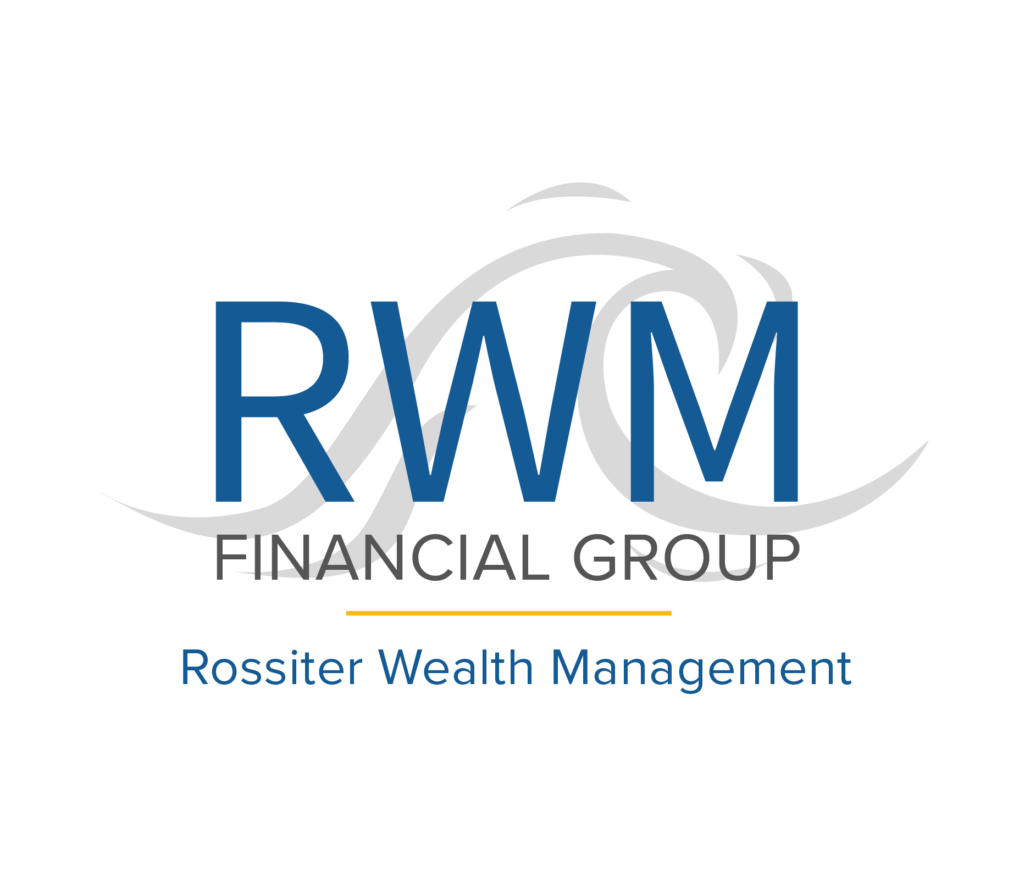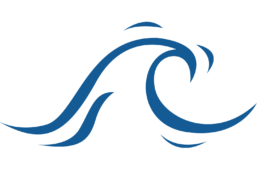LPL Research is pleased to present Outlook 2025: Pragmatic Optimism. Our annual update offers a complete comprehensive analysis of the economic and market environment and highlights potential implications for investors and their portfolios.
Looking back on 2024, it clearly echoed many of the themes from 2023. There were some brief economic growth scares along the way, but the broader economy continued to defy expectations and surprised once again to the upside. Stocks continued their strong performance, putting the S&P 500 on track to record its second consecutive year of 20% plus returns. Powerful trends in artificial intelligence and technology have continued unabated and largely overshadowed other factors like election uncertainty, continued geopolitical tension, and some rich stock valuation levels. After the election, the anticipation of potentially market-friendly policies from the incoming administration also helped to bolster stocks.
The bond market, in contrast, experienced another lackluster year. While the Federal Reserve (Fed) initiated a long-awaited easing cycle, policy ambiguity and uneasiness over rising debt levels led to increased volatility in bonds, but no clear directional trend.
As we look ahead to 2025, we remain cautiously optimistic. Cautious because we know that no market environment is ever permanent, and that change is always potentially around the corner. Optimistic because we recognize constructive long-term technology trends are in place. Plus, potential tax policy and deregulation efforts in 2025 could provide some semblance of a tailwind — particularly from an economic perspective. While risky asset returns are not expected to be as robust as 2024, 2025’s investment environment should prove to be favorable for investors.
These are just some of the insights you’ll find in Outlook 2025. The full report, combined with guidance from RWM Financial Group, will help you navigate through market complexities and crosscurrents and continue to work toward achieving your goals.

Please reach out to us at RWM Financial Group. We look forward to the opportunity to extend our services and to help position your investment portfolio for long-term success.
Member FINRA/SIPC Tracking #659982 (exp. 12/25)
Important Information
This material is for general information only and is not intended to provide specific advice or recommendations for any individual. There is no assurance that the views or strategies discussed are suitable for all investors or will yield positive outcomes. Investing involves risks including possible loss of principal. Any economic forecasts set forth may not develop as predicted and are subject to change.
References to markets, asset classes, and sectors are generally regarding the corresponding market index. Indexes are unmanaged statistical composites and cannot be invested into directly. Index performance is not indicative of the performance of any investment and do not reflect fees, expenses, or sales charges. All performance referenced is historical and is no guarantee of future results. Any company names noted herein are for educational purposes only and not an indication of trading intent or a solicitation of their products or services.
All index data from FactSet.
The Standard & Poor’s 500 Index (S&P500) is a capitalization-weighted index of 500 stocks designed to measure performance of the broad domestic economy through changes in the aggregate market value of 500 stocks representing all major industries.
All information is believed to be from reliable sources; however, LPL Financial makes no representation as to its completeness or accuracy.
This research material has been prepared by LPL Financial LLC.


